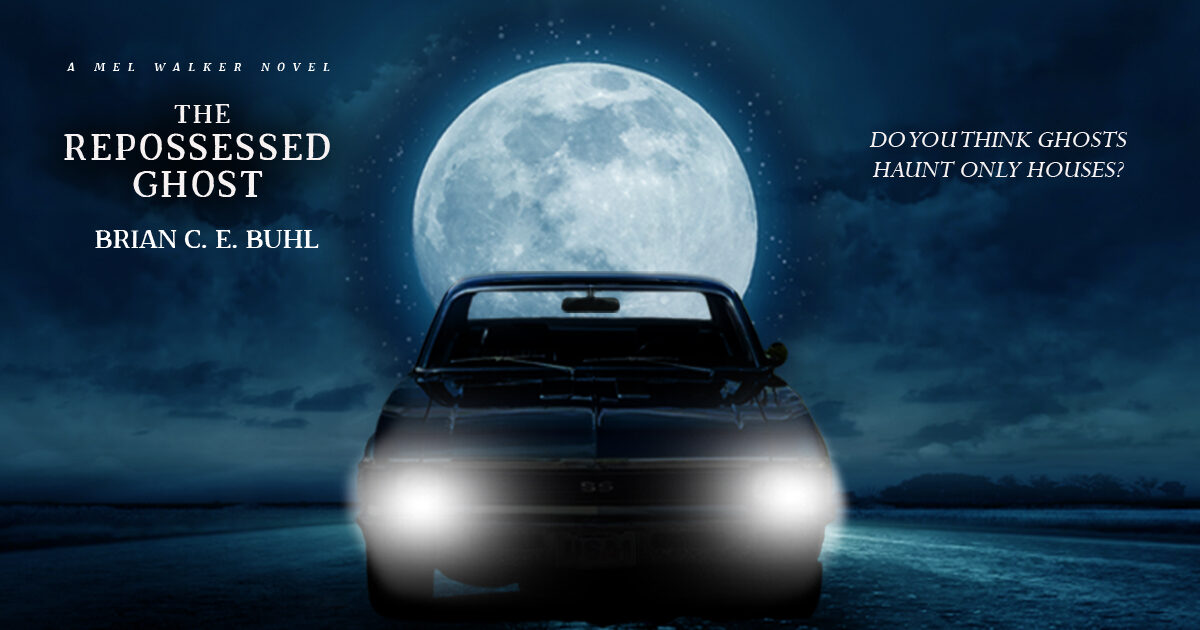What If Trump Loses the 2020 Election?
Today, let’s imagine the future together. We will keep in mind everything that’s happened with this presidency since 2016. Let’s imagine the near future unfolding, informed by the events of the recent past.
The Run-up to the Election
As the year moves forward, Democratic candidates will continue to snipe at each other, doing some of Trump’s dirty work in tearing each other apart. We will have one viable candidate against Trump, but they will be bruised and battered by the gauntlet they traversed in order to secure the nomination.
From the vantage point of February, it will either be Bernie, Pete, or Warren. I’m hoping for Warren, but this prediction isn’t based on my wants. As it gets closer and closer to crunch time, either Pete or Warren will bow out gracefully. Bernie will hold out until the convention, even if it doesn’t look like he has a path to victory. He’ll make sure that the fight goes as long as it can go, just like he did in 2016, because he’s running for himself and not for the country.
Some of the Bernie supporters will continue to be monstrous, but Russian bots and social media propaganda will bolster them and make them seem even worse than they are. Putin seeks to complicate and ruin our election. He doesn’t really care which candidate wins the election as long as we’re in disarray. Money will flow into Facebook just as it did in 2016, Fox News will continue to misrepresent the truth to put a pro-Trump slant on everything, and those of us that are paying attention will feel like we’re in hell.
For anyone that values truth and integrity, this summer is going to suck.
The Election
In spite of all the propaganda, the Russian money, the Trump lies, the Fox News smears, and all of the other covert assaults on our democratic process, people will show up for this election in huge numbers.
Some people will show up because they’re tired of kids getting separated from their families at the border.
Some people will show up because the destruction of landmarks along the border in support of a border wall is the last straw. Mexico didn’t pay for it. The proof of the ineffectiveness of the wall is overwhelming. The cost cannot be justified. The inherent racism that is woven into into every slat and support of the wall is too much to swallow. Whatever the aspect, some people will find the wall itself to be a compelling reason to vote Trump out of office.
Some people that read the Mueller report, that paid attention during the Impeachment hearings, that have read the headlines about Trump lining his pockets at his resorts by charging his security detail $650/night… he’s done enough illegal or amoral activities from the White House that a good number of people will show up to vote because they know that right is right and wrong is wrong.
Some people will show up because they’re concerned about climate change, and they remember how Trump pulled us out of the Paris Climate Agreement. They remember how he shredded Obama legislation intended to fight climate change. They read the news, how the antarctic reached temperatures higher than Orlando this year, the highest ever recorded, and they know that we can’t trust Trump to lead us to a viable solution.
Some people will show up because they’re sick of the hypocrisy. They did as he said and “read the transcript” to find that Trump and his family attacked Biden over issues of nepotism, while Ivanka and Jared line their pockets in government money they’ve “earned” through nepotism.
Some people will show up because they are economists, and they can see how Trump’s tariffs and deficit spending is not promoting the economy, but hurting it. They know that the job growths are smaller than they should be, and in areas of industry that are not significant in contributing to GNP. They see that manufacturing jobs are actually down, that the indicators are pointing at a coming recession, and the responsible thing is to change course immediately. These people also know that for the last 25 years, the economy has taken a dive under Republican control, and recovered under Democratic control.
And yes… some people will show up because they genuinely like the candidate that made it through the gauntlet to vie for the Presidency.
Just like in 2016, Trump will lose the popular vote. But this time, Trump will lose too many of the key states he needs to secure his victory. It won’t be a landslide. It should be a landslide, but there are still too many people in the US that aren’t paying attention, and will simply vote for whichever candidate claims to be a Republican.
This November, after a record turn-out, the American people will demonstrate that the majority of them have a conscience and a soul, and they will vote Trump out of office.
But What Happens Next?
Unfortunately, this story doesn’t have a happy ending.
Trump will not concede.
Trump will refuse to leave the White House.
Trump will declare the election a sham. He’ll say it does not represent the will of the people. He will declare himself a winner and blame immigrants and illegals for inflating the numbers. He will state that the news media, the enemy of the people, were out to get him from the start and that they’re responsible for posting false results.
He will fire people that oppose him. He will call for investigations into his opponent, the one the American people dutifully and rightfully elected to be their next leader.
Trump lacks grace and refuses to admit when he’s wrong. He does not listen to criticism. When the American people state in a loud, clear voice, “We do not want you as our president,” do you really think he’ll listen?
As a people, we have given up civility. There will not be a reasonable, rational discussion about Trump’s refusal to leave the White House. His loyal followers will say he’s right, and they will be ready to show up with weapons and fight for him.
The courts will offer conflicting rulings. Trump has appointed so many Republican shills as federal judges over the last 3 years that it will be a crap-shoot as to how they will rule.
The truth won’t matter. The facts won’t matter. The Constitution does not matter and neither do our laws. Reasonable discourse will be drowned out by the shouting and the name calling and the threats.
We will fight. People will get hurt. Nationally, we’ll be less secure. Industries will grind to a halt. We will know poverty and hunger and strife like we haven’t known for a century.
Is It Really That Hopeless?
I’m describing a plausible scenario, but I’m also allowing pessimism and fear paint the scene with the bleakest colors possible.
I think I’ve described Trump’s reaction perfectly, based on his behavior the last 4 years. However, I may be underestimating the American people and the institutions we have in place.
We have to show up in numbers to vote Trump out. If we show up in sufficient numbers, if our voice is loud enough, even the die-hard Trump supports suckling off the Fox News teat will be unable to deny that he is no longer the President, and they’ll dismiss his lies and tantrums for what they are.
Then we can get back to trying to make the world a better, freer place.

